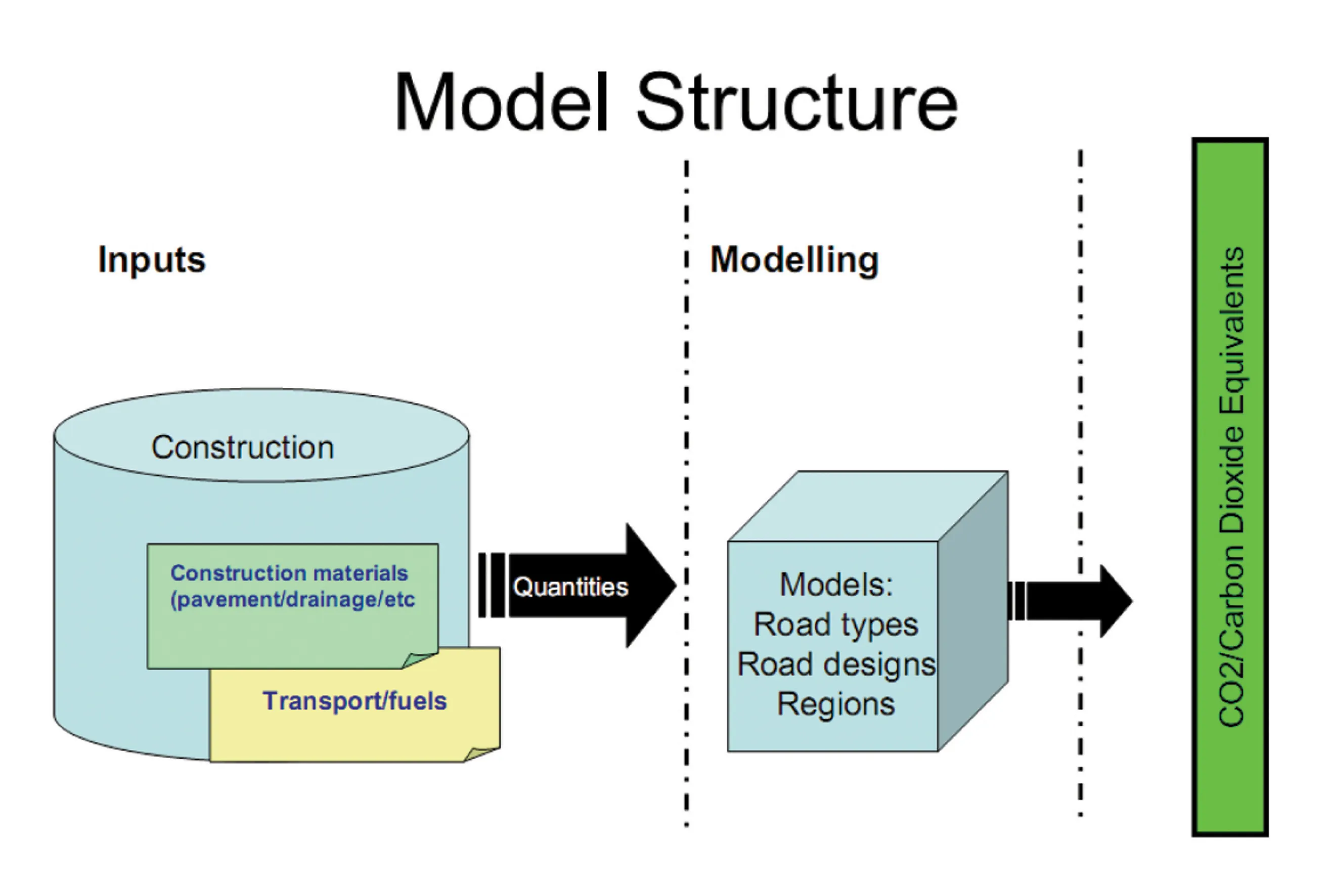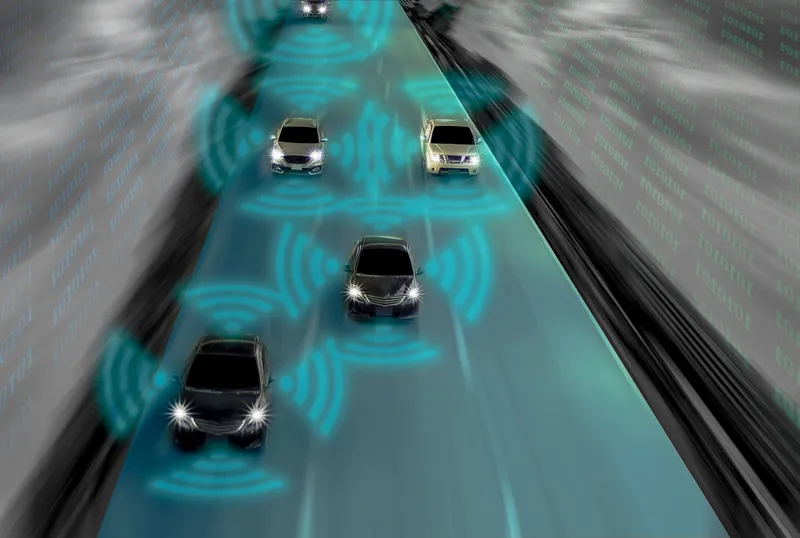The first prototype of an innovative new sensor device and its data acquisition system has now been developed. This move has come during the first 18 months of the 42-month Horizon 2020 SENSKIN (SENsing SKIN) project, a research partnership being implemented by 13 partners from 7 countries. A key objective of the SENSKIN project is the development of a skin-like sensor that offers spatial sensing and can monitor large strains, for use in monitoring-based maintenance of transport infrastructure.
The syste
February 3, 2017
Read time: 3 mins
The first prototype of an innovative new sensor device and its data acquisition system has now been developed. This move has come during the first 18 months of the 42-month Horizon 2020 SENSKIN (SENsing SKIN) project, a research partnership being implemented by 13 partners from 7 countries. A key objective of the SENSKIN project is the development of a skin-like sensor that offers spatial sensing and can monitor large strains, for use in monitoring-based maintenance of transport infrastructure.
The system has been developed so that measurements from the sensors can be transmitted to the control centre even under difficult conditions, such as in the case of an earthquake, where some communication networks are inoperable. The sensor measurements provide input for structural assessment, while a dedicated module evaluates rehabilitation options. The whole system will be integrated to provide decision support on the timing and type of rehabilitation based on the identified damage, structural condition and available rehabilitation options. The system will be field evaluated in the Bosporus 1 bridge in Istanbul, which carries an average 200,000 vehicles/day, as well as on the Greek Egnatia Motorway that connects Europe to Asia.
The project commenced in June 2015. During the first 18 months of the project, the partners derived user requirements and, based on these, designed the prototype of the skin-like sensors and the data acquisition unit. It also provided proof of concept of the communication system, with the team now finishing the prototypes of the communication, structural and rehabilitation modules.
The sensors show a linear output in a range of strains between 0-20%, which is a major improvement over conventional sensors, as these fail at strains of no more than 2%. In addition, the new sensors can also monitor both strains and crack openings, replacing both strain gauges and crack meters. At the same time, this new sensor requires little power to operate, is capable of being installed on an irregular surface, is less expensive than existing sensors and allows simple signal processing - including the ability to self-monitor and self-report.
Structural assessment is based on detailed finite element analyses of the monitored bridge that have been developed, while the selection of rehabilitation methods takes into account economic and environmental considerations. The project has been co-funded by the EU and has been organised by the1364 Forum of European National Highway Research Laboratories (FEHRL).
The system has been developed so that measurements from the sensors can be transmitted to the control centre even under difficult conditions, such as in the case of an earthquake, where some communication networks are inoperable. The sensor measurements provide input for structural assessment, while a dedicated module evaluates rehabilitation options. The whole system will be integrated to provide decision support on the timing and type of rehabilitation based on the identified damage, structural condition and available rehabilitation options. The system will be field evaluated in the Bosporus 1 bridge in Istanbul, which carries an average 200,000 vehicles/day, as well as on the Greek Egnatia Motorway that connects Europe to Asia.
The project commenced in June 2015. During the first 18 months of the project, the partners derived user requirements and, based on these, designed the prototype of the skin-like sensors and the data acquisition unit. It also provided proof of concept of the communication system, with the team now finishing the prototypes of the communication, structural and rehabilitation modules.
The sensors show a linear output in a range of strains between 0-20%, which is a major improvement over conventional sensors, as these fail at strains of no more than 2%. In addition, the new sensors can also monitor both strains and crack openings, replacing both strain gauges and crack meters. At the same time, this new sensor requires little power to operate, is capable of being installed on an irregular surface, is less expensive than existing sensors and allows simple signal processing - including the ability to self-monitor and self-report.
Structural assessment is based on detailed finite element analyses of the monitored bridge that have been developed, while the selection of rehabilitation methods takes into account economic and environmental considerations. The project has been co-funded by the EU and has been organised by the









